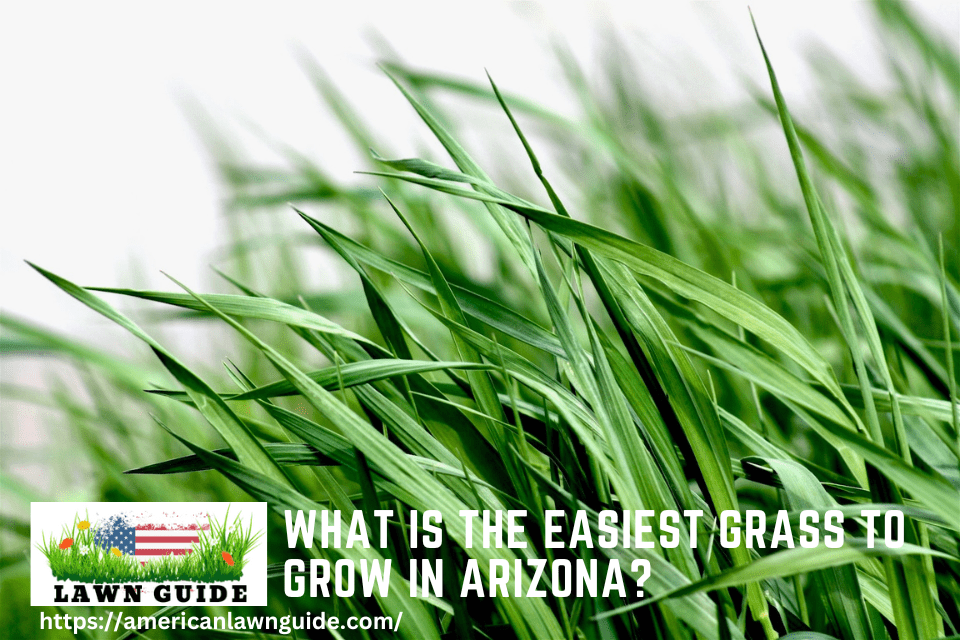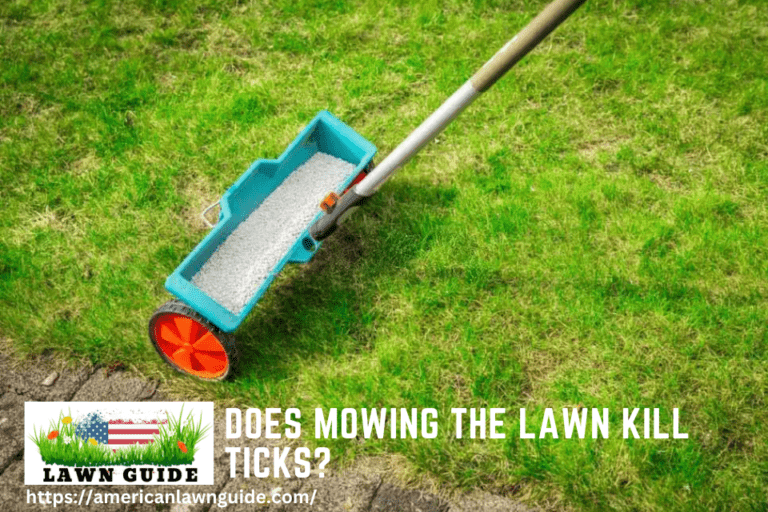There isn’t one definitive answer to this question as different grasses can thrive in different areas of Arizona depending on the climate and soil type. In general, however, some of the easier grasses to grow in Arizona include bermudagrass, zoysiagrass, and buffalograss. These grasses are all relatively drought-tolerant and can handle the hot summers common in Arizona.
If you’re looking for an easy grass to grow in Arizona, look no further than Bermuda grass. This tough little plant is drought-tolerant and can stand up to the blazing hot summers that are common in the state. It’s also relatively resistant to pests and diseases, making it a low-maintenance option for busy homeowners.
How to Grow Grass In Arizona During 110+ Degree Summers
What Grass Grows All Year Round in Arizona?
There are many types of grass that grow all year round in Arizona. The most common type of grass is Bermuda grass, which is a warm-season turfgrass that thrives in the hot, dry climate of the state. Other types of grass that can be found growing all year round in Arizona include Buffalograss, Zoysiagrass, and Centipedegrass.
All of these grasses are well-suited to the state’s climate and can provide a beautiful, green lawn even during the hottest months of the year.
When Should I Plant Grass Seed in Arizona?
If you want to have a green lawn in Arizona, you need to start planting grass seed in early spring. The best time to plant is between February and April, when the temperatures are cool but not cold. You can also plant in fall, but the results will be less consistent.
To ensure that your grass seed germinates and grows properly, it’s important to prepare your soil beforehand. This means loosening up the top layer of soil so that the seed can easily take root. You should also make sure that the area where you’ll be planting is free of debris such as rocks and sticks.
Once you’ve prepared your soil, it’s time to sow your seed. You can do this by hand or with a spreader. If you’re using a spreader, set it to medium speed so that the seed is evenly distributed.
Once you’ve sowed your seed, lightly rake over the area so that the seed is covered with soil. Now all you need to do is water regularly and wait for your grass to grow!
What Type of Grass is the Easiest to Grow?
There’s no definitive answer to this question since it depends on a number of factors, including your climate, soil type, and whether you’re growing in sun or shade. That said, some grasses are generally easier to grow than others. Here are a few of the most popular options:
Bermuda Grass: A warm-season grass that’s common in the southern United States, Bermuda grass is known for being tough and drought-resistant. It’s a good choice for lawns that get a lot of sun and don’t receive much water.
Zoysia Grass: Another warm-season grass, Zoysia is similar to Bermuda in that it’s tolerant of heat and drought. It has a dense growth habit, which makes it resistant to weeds and pests. Zoysia can be slow to establish, however, so be patient when planting it.
Fescue: Fescue is a cool-season grass that does well in shady areas where other grasses might struggle.
It’s also relatively low maintenance once established. However, fescue isn’t as drought-tolerant as some other types of grass, so make sure to give it regular watering during dry periods.
Which Grass Type is Low Maintenance?
There are a few different types of grass that can be classified as low maintenance. Some common examples include fescue, bluegrass, and rye grass. These varieties of grasses tend to be more disease and pest resistant, as well as being tolerant to drought conditions.
In general, these types of grasses will require less watering, mowing, and fertilizing than other types of turf grass.

Best Year-Round Grass for Arizona
Looking for the best year-round grass for Arizona? You’re in luck! There are a few different types of grass that do well in the hot, dry climate of Arizona.
One type of grass that does well in Arizona is Bermuda grass. This type of grass is drought-resistant and can handle high temperatures. It’s a popular choice for golf courses and other areas that need to stay green all year long.
Another type of grass that does well in Arizona is zoysia grass. This type of grass is also drought-resistant and can handle high temperatures. It’s slower-growing than Bermuda grass, so it requires less mowing.
It’s a good choice for lawns and other areas where you don’t want the grass to grow too quickly. If you’re looking for a Grass that’s beautiful AND low-maintenance, then look no further than Buffalo grass! This unique prairie Grass thrives in sandy soils and requires very little water or fertilizer to maintain its rich blue-green color.
Best of all, it stays green all year long – even during our hot summers! So if you’re looking for a “no fuss” solution to your landscaping needs, Buffalo grass just might be the perfect fit for you!
Arizona Grass
Arizona Grass If you’re looking for a grass that can thrive in the hot, dry climate of Arizona, there are several good options to choose from. Bermudagrass is a popular choice for lawns and golf courses in the state, and it’s also used on many professional baseball fields.
St. Augustine grass is another heat-tolerant grass that’s commonly found in Arizona yards. Both of these grasses will need regular watering and fertilizing to stay healthy in the arid climate.
Zoysia grass is another option that’s becoming increasingly popular in Arizona due to its low water requirements.
This type of grass is often used on commercial properties, such as office buildings and shopping centers. Buffalo grass is an indigenous grass that’s well-suited to growing in desert conditions. It has a deep root system that helps it withstand periods of drought, and it doesn’t require much fertilizer or watering once established.
If you’re looking for a native option for your Arizona landscape, buffalo grass is definitely worth considering.
Conclusion
The easiest grass to grow in Arizona is a type of Bermuda grass. It is a warm-season grass that can be found in many parts of the state. This grass is known for its ability to withstand heat and drought conditions.




